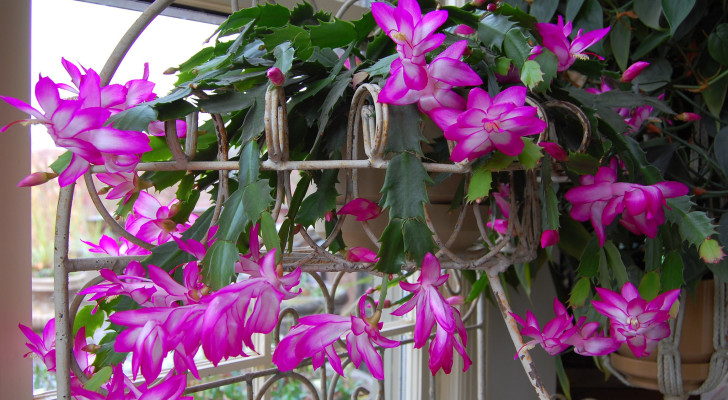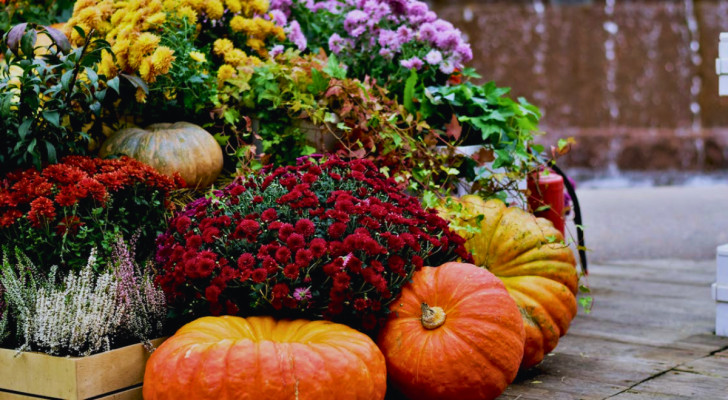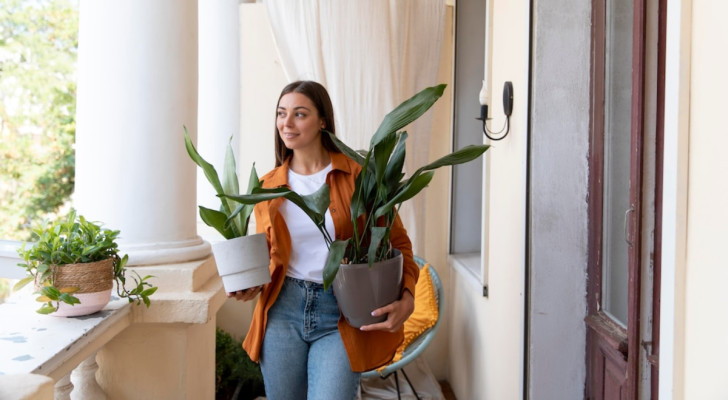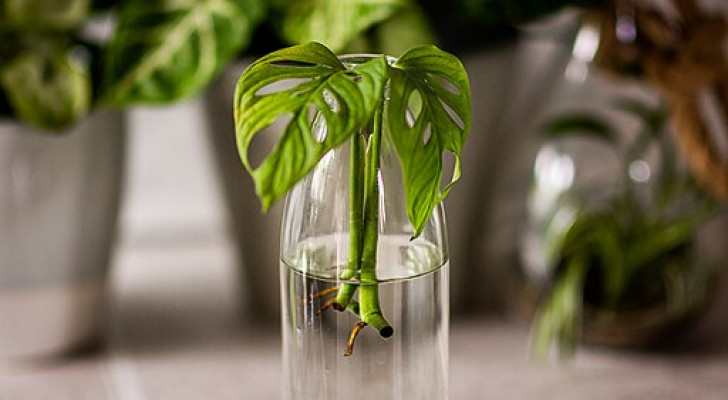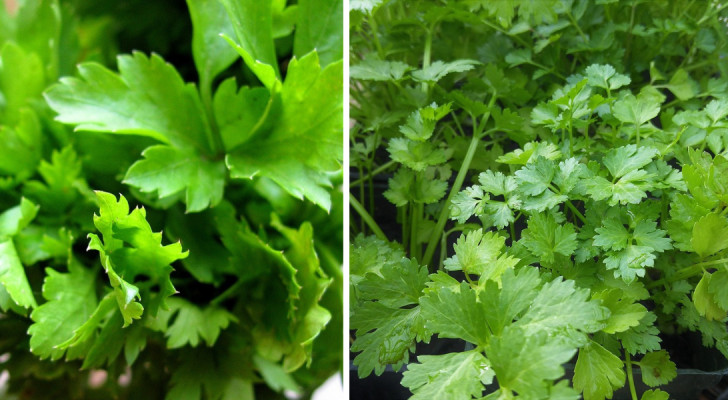The splendor of Iresines: everything you need to know about how to grow this lesser-known plant
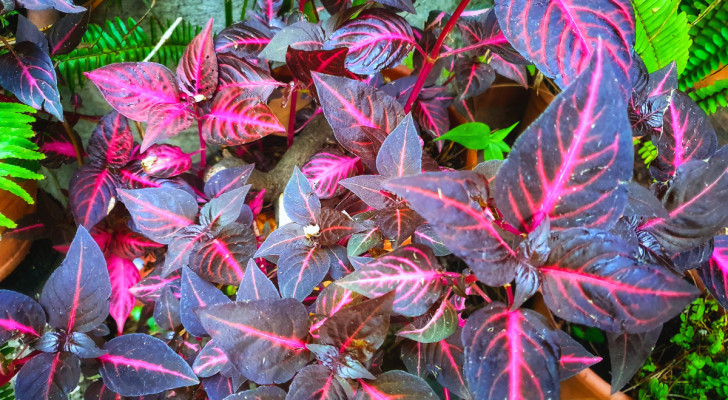
Dark red leaves with fuchsia-colored veins: the colors of the iresine make it a truly special and beautiful plant to appreciate all year round. In ideal conditions, it is a very easy plant to grow. But in less suitable locations, you will need to pay it some attention (although nothing too excessive)! Additionally, iresine can be propagated really easily from cuttings, so you can always expand your iresine "collection".
The cultivation requirements of iresine
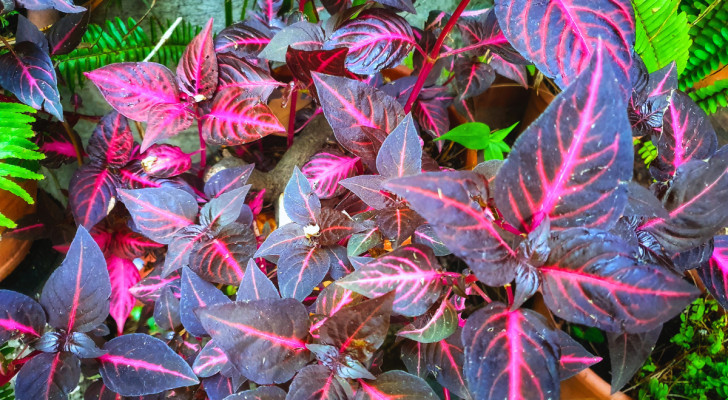
Creativo
Much appreciated for its beauty, iresine needs warmth. This means growing it is easier where winters are not too harsh.
- Climate: Warm, but not dry climates are ideal. The minimum temperatures that this plant can tolerate are around 10°C. So, if your winters are colder than this, your iresine should be grown in pots you can move indoors in the winter. Furthermore, if the environment tends to be dry, you will need to increase the humidity around the plant.
- Exposure: To ensure that your iresine has lush growth, exposure to sunlight is very important. Chose brightly-lit positions, where the plant is shielded from direct sunlight during the hottest hours of the day (especially in summer). If your iresine doesn't get enough light, it should still survive, but it will have thinner branches and fewer leaves.
- Soil: Iresines needs organic soil, rich in nutrients and well-draining.
- Irrigation: The soil should never be soaked in water, so water you iresines when the soil is almost dried out. Ideally, the soil should always be a little moist, but with no water stagnation risks. In summer, check the condition of the soil a couple of times a week; in spring, autumn and winter, watering can be cut back significantly (once a week should be fine).
- Fertilizer: Use a liquid fertilizer which is rich in nitrogen, administered during the growth period (usually in spring).
Pruning and propagation of iresines
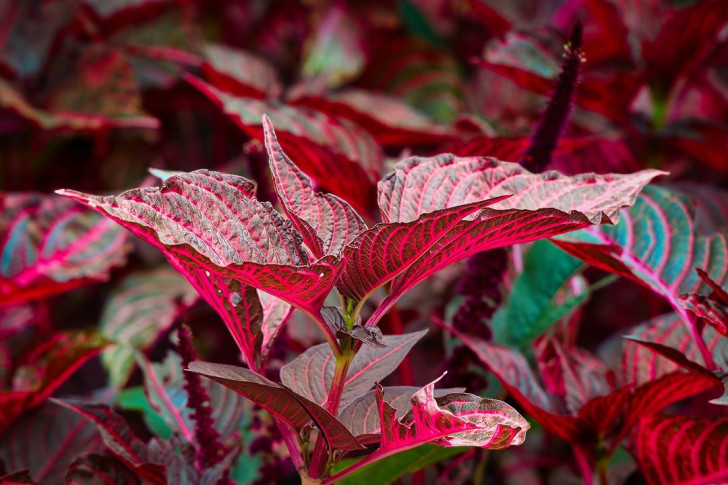
Iresines are easily propagated from cuttings, and they can tolerate even "severe" prunings.
Like all plants, it is best to prune them immediately before or after their major growth phase. Therefore, damaged or dry parts can be removed at the end of winter, before the temperatures get too high but when there is no longer a risk of frosts. Iresine produces very light, green-white flowers, but they are not very spectacular. For this reason, many prefer to eliminate the buds and encourage the plant to dedicate its energy to growing new foliage.
The ends of the branches can be pruned off, immediately above a node or leaf. Always use scissors/shears that have very sharp, sterilized blades.
With these cuttings, you can turn your hand to propagation:
- In water: wait a couple of hours for the cut to dry slightly, and then place the cutting into a jar of clean water. Change the water every two or three days for roots to sprout. When the roots are 3-4 cm long, move the cuttings to a pot.
- In soil: you can insert the cuttings directly into a pot with the right soil. You don't even have to wait for the cut to dry out, but, to increase the chances of the cutting rooting, you can dip it (after wetting the end in a glass of water) into a pack of powdered, rooting hormones. Then, plant the cutting into the soil. Water immediately, and take care not to let the soil dry out completely whilst the seedling is taking root. Again, you are aiming for moist, not saturated, soil.
When the plants begin to fill up the space available in their pots, you can transplant them to pots one or two sizes larger. This plant grows very quickly, so you should have healthy, strong little iresine bushes within a year or two!
Would you like to grow this plant in your home?
